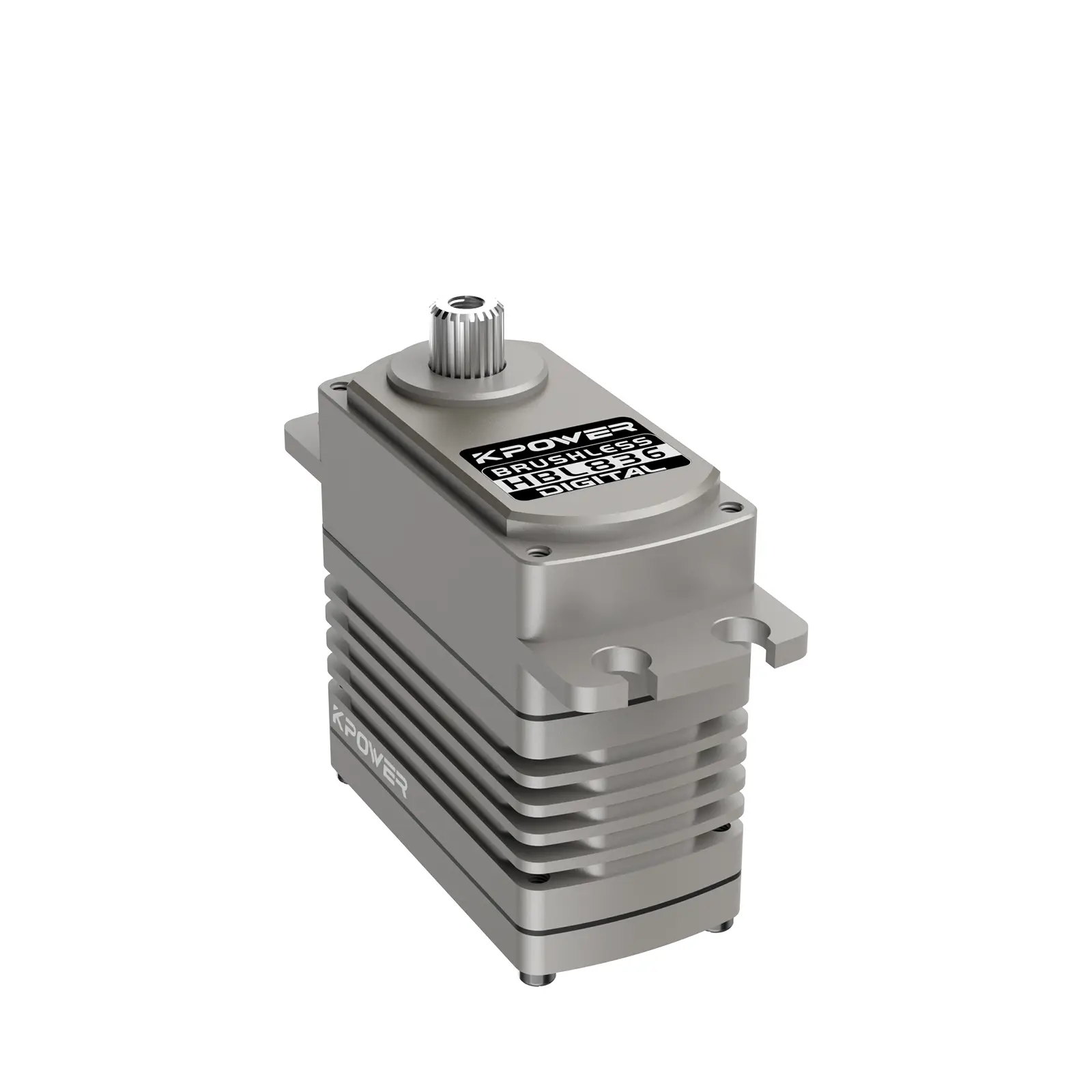Ever wondered how modern microservices handle the chaos of data and command flow? Let me tell you, it’s a wild dance, but there’s a rhythm that keeps everything in sync—the CQRS pattern. You probably think it's just tech jargon, but once you get it, it’s like unlocking a secret weapon for scalable, efficient architecture.

Imagine a bustling city where delivery trucks are trying to drop off parcels. You don't want the same trucks handling both the dispatching of new parcels and tracking the status of existing ones—that’s inefficient and messy. Similarly, in a microservices environment, trying to use a single model for reading data and updating data can bog down performance. CQRS—Command Query Responsibility Segregation—is like having two different teams: one handles orders (writes) and another manages views (reads). They operate independently but in harmony, making everything smoother.
This separation really shines when you're dealing with high traffic and complex business logic. For instance, if a retail platform on a holiday sale hits millions of visitors, the read side can handle thousands of queries without affecting the write side. That keeps response times snappy and prevents the system from crashing under pressure. Plus, you can fine-tune each side for its specific workload—like optimizing the database schema for reads, while keeping writes lean and fast.
Some might ask: "Isn’t it complicated to keep two models in sync?" Yep, there’s extra effort involved, but with event-driven mechanisms, you can build this pipeline pretty elegantly. Events act as messengers, ensuring that the read side updates promptly after commands execute, keeping everything consistent. It’s almost like having a relay race, where the baton passing is seamless and fast.
Let's be honest—adopting CQRS isn’t just a silver bullet. It’s a decision that can reshape your entire approach to microservices, especially if you’re dealing with multiple data sources or need real-time updates. It’s about being strategic, breaking down monoliths into agile components that perform without stepping on each other’s toes.
One question that often pops up: why choose CQRS over other architectures? The answer is simple—flexibility. If you want your system to scale horizontally without sacrificing agility or complexity management, CQRS provides a clear path. It’s like having a dedicated crew for specific tasks, instead of everyone trying to do everything at once.
So, if your goal is to ace the balance between performance and complexity while keeping your architecture future-proof, this pattern might just be the secret sauce. Think of it as giving your microservices a turbo boost—leaner, faster, and more aligned with real-world demands. It’s not just a pattern; it’s a game changer in the world of modern backend systems.
Established in 2005, Kpower has been dedicated to a professional compact motion unit manufacturer, headquartered in Dongguan, Guangdong Province, China. Leveraging innovations in modular drive technology, Kpower integrates high-performance motors, precision reducers, and multi-protocol control systems to provide efficient and customized smart drive system solutions. Kpower has delivered professional drive system solutions to over 500 enterprise clients globally with products covering various fields such as Smart Home Systems, Automatic Electronics, Robotics, Precision Agriculture, Drones, and Industrial Automation.




































